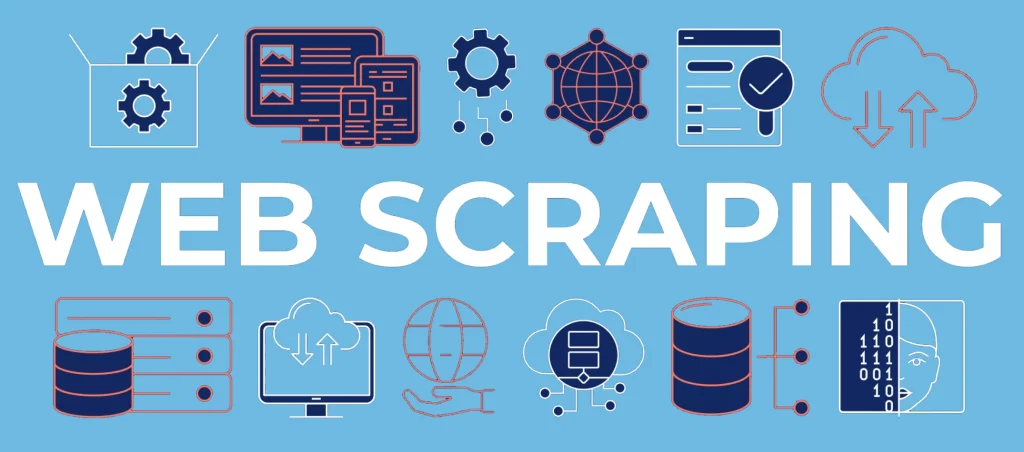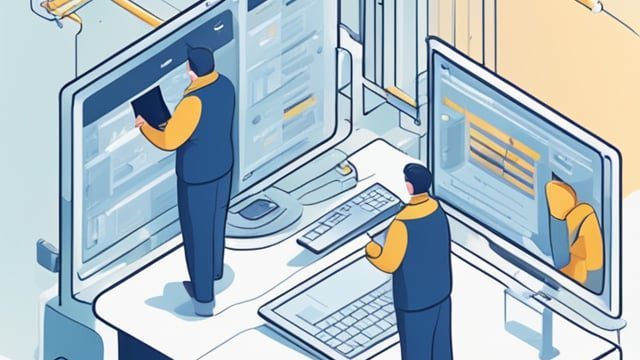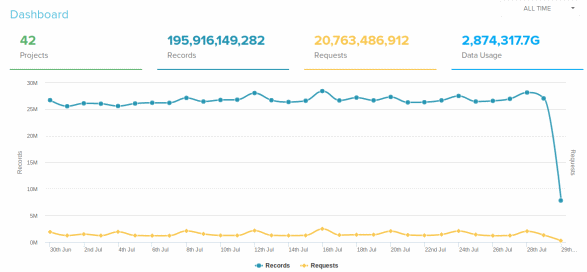In the evolving world of web data, understanding different business models can greatly benefit you. Since 2010’s, the growth of web scraping has transformed from a niche interest into a widely used practice. As the demand for public data increases, you may find new opportunities in various approaches to data collection and distribution.

In the post we’ll take a look of 4 business model in the data extraction business:
- Conventional data providers
- SaaS providers
- Data / market intelligence tools
- Data marketplace (multiple buyers & multiple sellers)
Model 1: Data Providers for data run-businesses

You may find that some data companies often cater to data-run businesses. eg. hedge funds. These firms seek data to help them make informed investment or other viable decisions. Some funds are interested in straightforward datasets, like pricing information on publicly traded companies. However, competition among data providers is intense, so your dataset must stand out.
Creating comprehensive documentation about your data collection methods is essential. You will need to provide potential buyers with a due diligence questionnaire. Also, having historical data showing a correlation with certain stocks is crucial. Gathering data over several years is necessary before any contracts can be secured.
The exclusivity of your information can greatly affect its price. If you sell unique data to one business, the value is high. Selling the same data to multiple businesses lowers its worth since their competitive advantage diminishes. This scenario outlines a challenge in scaling your web scraping business, although it can still be a valuable niche.
Model 2: Software as a Service (SaaS) for Website Monitoring and more

This model showcases the most scalable option but still struggles with substantial revenue growth and profit margins. SaaS companies often help clients track a fixed number of products on major websites like Amazon and Aliexpress, as well as in the travel sector.
Just like in the hedge fund example, businesses need to illustrate the value of the data gathered. This could involve dashboards, APIs, or other services, such as product comparisons from various e-commerce platforms. These additional features add development and maintenance costs but are necessary to stand out in a competitive market.
Although data scraping can scale theoretically, the revenue model usually requires payment per usage. Since many customers will not make identical requests simultaneously, data extraction costs can escalate. As your customer base increases, customer service and maintenance costs also rise since more staff is needed to manage the added complexity.
Model 3: Market Intelligence Tools

Market intelligence tools operate similarly to the previous models but involve different methods of data collection. Instead of focusing on individual URL’s, these tools gather data from entire websites, offering customers a more comprehensive view. The examples might be competitive intelligence, stock amount analysis based on monitored sales and more.
At your company, you may scrape numerous e-commerce websites in full to provide insights into specific sectors, eg. specific goods. Focusing on a specific industry allows you to become an expert, offering unique insights based on collected data. Brands looking to track competitor performance and pricing need to monitor various players, and real-time updates can highlight new competitors as they emerge.
By this approach, every new client often results in an increase in the number of websites you need to scrape. If each new customer contributes to a 25% rise in monitoring values, operational costs will climb as well. This pattern highlights the challenges of scaling your business.
Model 4. Web data as marketplace

As every data company could do, you offer data of sellers for the extractions they already have and buyers when those need websites sellers might provide. This makes (1) data extraction & (2) data delivery operations much faster than before. Lots of sellers (web scrapers businesses) and buyers (data comsuming businesses) are at one table. A good chunk of sellers can usually provide data in 18-36 hours, while if there’s already a dataset, one can buy it and use it in a few moments.
The main requirement here is data freshness, as datasets are to be updated ones. This is basically a fast solvable issue since having a sound scraper script, the seller is able within a short time to deliver fresh data sets for an active buyer. Since data is available for everyone and at a fast speed this business model is more attractive compared to those mentioned before.
This model might be called a Multiple providers & Multiple consumers business. That is to prove its resilience in the evolving data scraping world.
Models’ recap
We’ve considered the differences in the four business models. The first three share a common approach: collecting data and using that data for business operations. The fourth one is to accommodate a platform for scrapers and data consumers to share (sell-&-buy) common values (data). The marketplace model, the fourth one, eliminates involved companies’ duplicate efforts by scraping the same websites and confronting similar challenges (eg. overcoming anti-bot systems)

Webscraping.pro, a data harvest company founded in the early days of web scraping, demonstrates the journey many have taken. While focusing on scraping websites directly, the company focus shifts towards a marketplace model with tailored approach to user demands.
